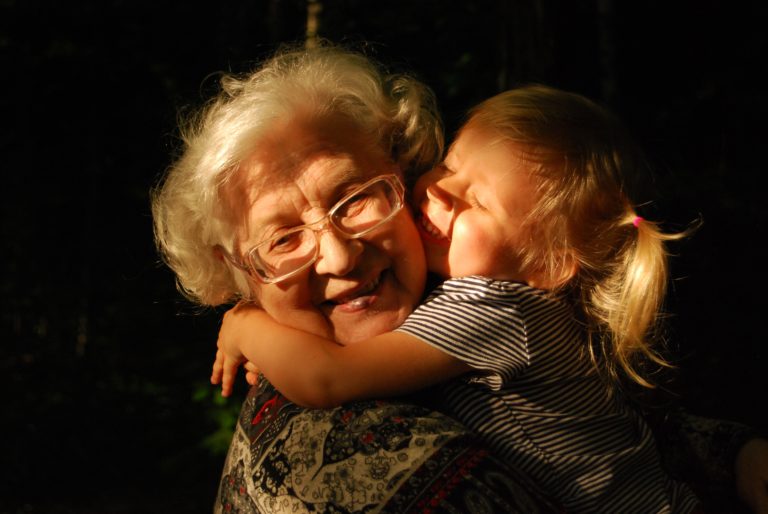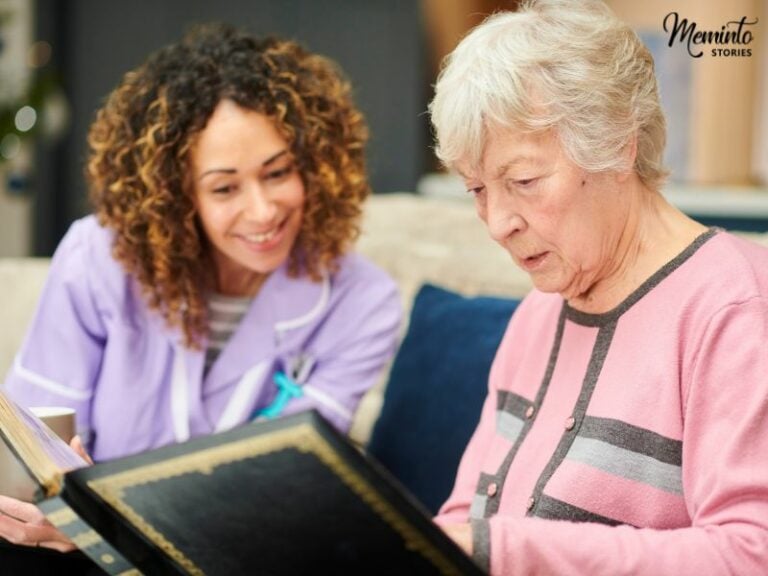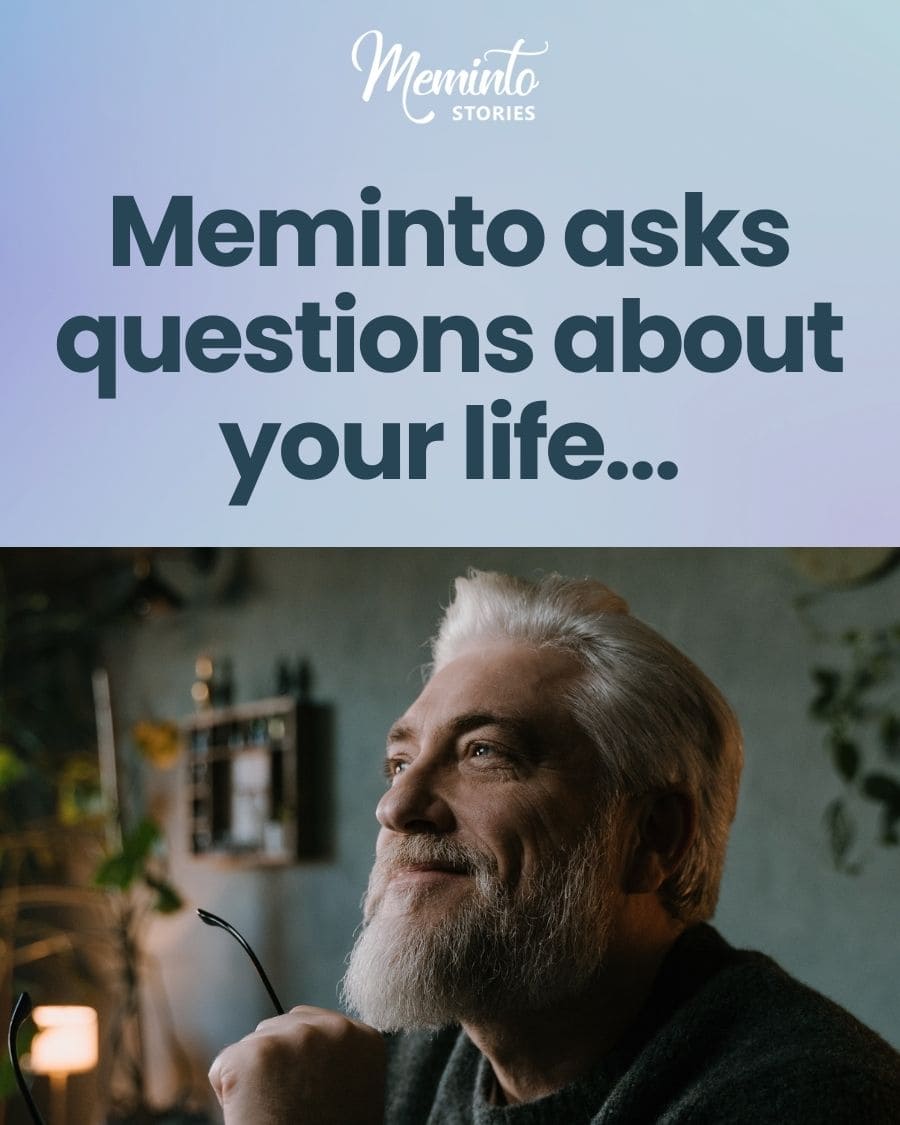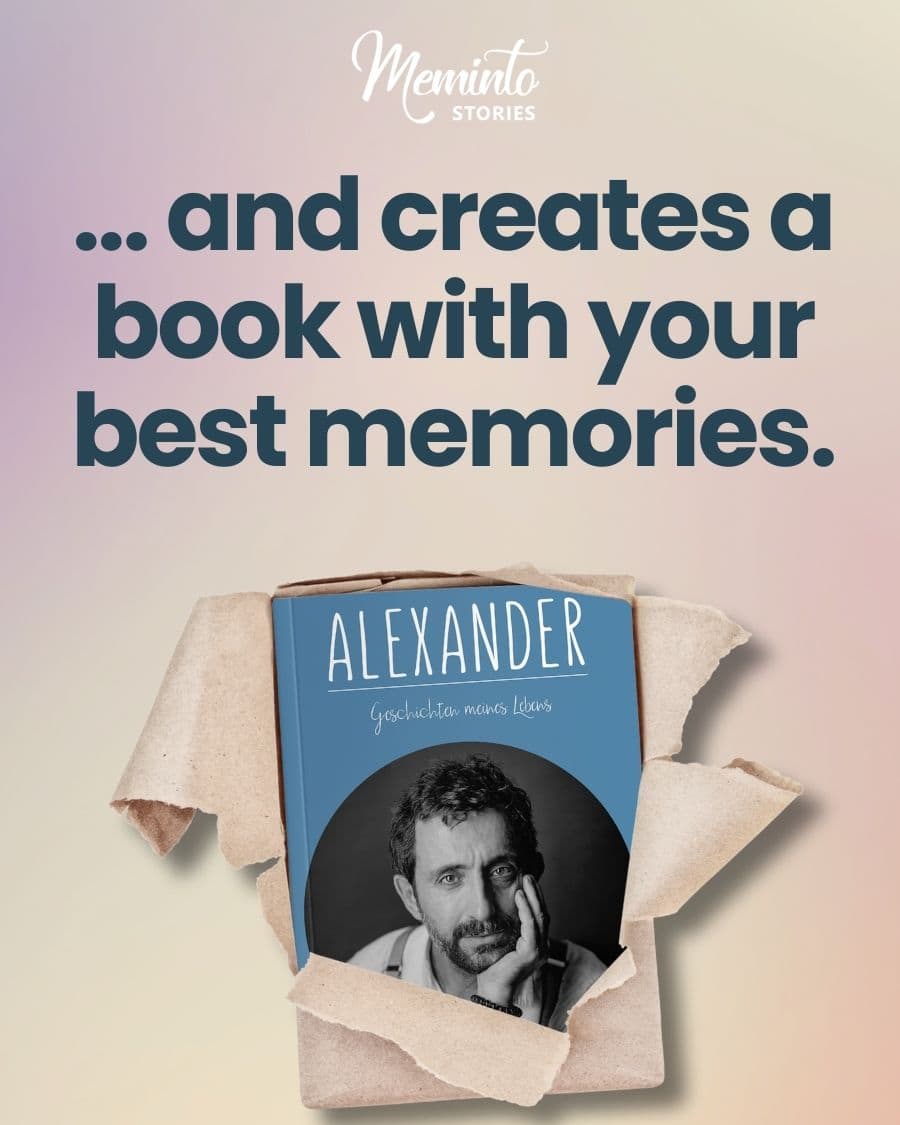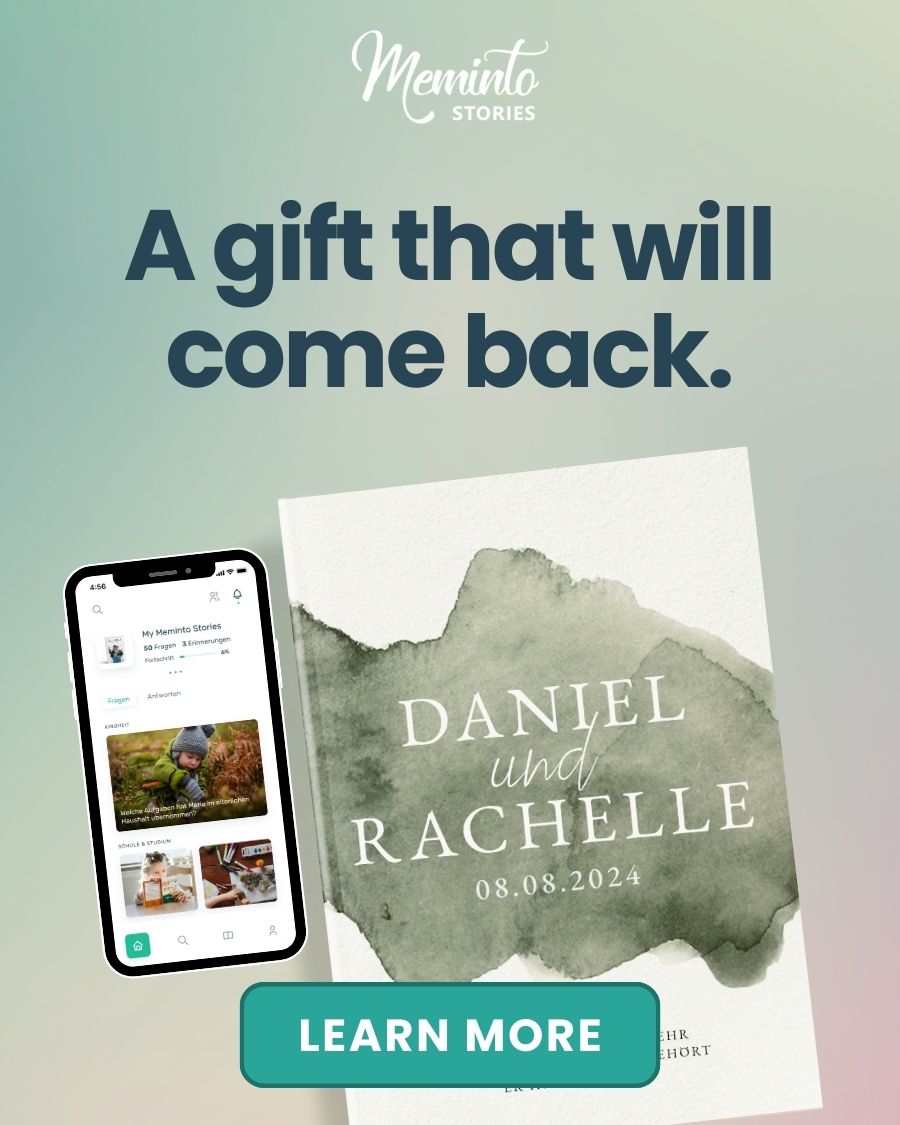Voice recording family stories helps preserve cherished moments, life lessons, and historical insights. It captures emotions like laughter and tone, creating a vivid connection for future generations. Plus, storytelling can improve seniors’ cognition, reduce depression, and strengthen family bonds.
Quick Steps to Get Started:
- Choose Equipment: Use a digital recorder (e.g., Philips VoiceTracer, $79.99) or a smartphone app.
- Set Up a Quiet Space: Pick a room with soft furnishings and reduce noise (e.g., carpets, curtains).
- Ask Open-Ended Questions: Use prompts like, “What do you remember about your childhood?”
- Organize Recordings: Name files clearly (e.g., “OHP_JDS_20250228_Audio_Part1.mp3”) and back them up on cloud storage or external drives.
- Turn Stories into Keepsakes: Create memory books with services like Meminto Stories or TimeWell Books.
Quick Comparison:
| Tool/Feature | Digital Recorders | Smartphone Apps |
|---|---|---|
| Ease of Use | One-touch recording | Multi-step setup |
| Battery Life | 36–50 hours | Shorter, phone-dependent |
| Sound Quality | High-quality microphones | Basic audio |
| Storage | Dedicated (8GB–64GB) | Shared with apps |
| Durability | Impact-resistant | Varies by phone case |
Start today to preserve your family’s unique history and strengthen connections across generations.
Life-story format ideas: How to Record Family Stories
Selecting Voice Recording Equipment
Choosing the right equipment is key to capturing clear and enduring family recordings.
Simple Digital Recorders
Digital voice recorders are reliable and easy to use. For example, the Philips VoiceTracer DVT2050 ($79.99) offers a straightforward design, 50-hour recording capacity, and time-stamped files .
Another option is the Sony PX Series Digital Voice Recorder ($49.99), which provides clear audio and simple controls .
If you’re looking for smart features, the PLAUD Note AI Voice Recorder ($159) combines easy operation with built-in transcription capabilities .
Basic Phone Recording Apps
Smartphones come with built-in recording apps, but they have some limitations. Battery life is shorter, and they lack advanced audio features compared to standalone recorders .
Recorders vs. Phone Apps: Key Differences
| Feature | Digital Recorders | Phone Apps |
|---|---|---|
| Ease of Use | One-touch recording | Multiple menu steps |
| Battery Life | 36–50 hours | Dependent on phone |
| Sound Quality | High-quality microphones, noise reduction | Basic audio |
| Storage | 8GB–64GB dedicated | Shared with apps |
| Durability | Impact-resistant | Varies with phone case |
Dedicated recorders excel in sound quality thanks to advanced microphones and noise reduction technology . A model like the LIFMOCER N5 also includes features such as voice-activated recording and password protection .
When selecting a recorder, consider these features:
- Large, easy-to-press buttons
- High-contrast display for readability
- At least 8GB of storage
- A built-in playback speaker
The iZYREC Mini stands out for its simplicity, featuring a slide-to-record mechanism. As the company explains:
“It takes only a slide to switch on and start recording, giving you peace of mind to record discreetly and seamlessly” .
While smartphones are convenient, dedicated recorders typically offer better sound quality and easier operation .
Next, we’ll explore how to set up your space for the best recording results.
Setting Up for Recording
Finding a Quiet Space
Choose a room away from noisy appliances and busy areas. A walk-in closet with clothes and carpeting works great for absorbing sound naturally.
To make any space quieter, try these tips:
- Lay down thick rugs on hard floors
- Hang curtains over windows and walls
- Opt for rooms with soft furnishings
- Avoid windows facing busy streets
Getting the Best Sound
Keep the microphone about 3–5 inches from the speaker’s mouth – roughly the length of your palm. Using a microphone stand helps maintain consistent distance and cuts down on handling noise . This setup ensures clear audio, perfect for preserving family memories.
| Recording Element | Optimal Setup | Why It Matters |
|---|---|---|
| Microphone Distance | 3–5 inches | Captures clear voice while minimizing noise |
| Recording Position | Seated at a table | Provides stability |
| Device Placement | On a stable, padded surface | Reduces vibration interference |
Reducing Unwanted Noise
Here are common noise types to watch for:
- Broadband noise: A constant hissing or buzzing sound
- Narrowband noise: Electrical hums from appliances
- Impulse noise: Sudden clicks or pops
- Irregular noise: Sounds like rain or traffic
Check all electrical connections to avoid interference . If your recorder has noise reduction settings, turn them on before you begin. Also, remind participants not to eat, drink, or chew gum during the session .
Try scheduling recordings during quieter times of the day when neighborhood activity is low. This simple step can greatly enhance your recordings without needing extra gear or technical know-how.
With a quiet, well-prepared setup, you’re ready to capture your family’s stories.
sbb-itb-e3574dd
Recording Family Stories
Once your space is ready and equipped with a good sound setup, it’s time to focus on recording those cherished family stories.
Questions and Memory Starters
Start with warm, open-ended questions about childhood to help spark meaningful memories. For example, asking, “What do you remember about the place you grew up?” can uncover rich details about family life .
Here are some themes and sample questions to get the conversation going:
| Theme | Sample Questions |
|---|---|
| Childhood | “What games did you play?” |
| Family History | “Tell me about your grandparents.” |
| Life Lessons | “What advice would you give your younger self?” |
| Achievements | “What accomplishment makes you most proud?” |
Family photos can also serve as powerful prompts for detailed memories. Platforms like Meminto Stories offer guided prompts tailored for seniors, allowing responses to be recorded via voice, text, or video.
“Start now. Don’t wait”, advises Dawn Process of Modern Heirloom Books .
Planned vs. Free-flowing Stories
While prepared questions can be helpful, some of the best stories often come up naturally. As StoryCorps explains:
“Think of it as a conversation; there’s no right or wrong thing to talk about, as long as it’s meaningful to you” .
Consider sharing your questions ahead of time so seniors have time to reflect. When recording:
- Choose times when seniors are most alert and sociable .
- Let the conversation flow naturally, even if it veers off-topic.
- Use gentle follow-ups to dig deeper into interesting details.
- Respect their comfort levels if certain topics feel sensitive .
Oral history expert Kate Bernot suggests:
“Lean into the topics the interviewee is most eager to discuss. Respect their boundaries if they want to avoid certain subjects” .
Creating a relaxed environment is key to encouraging open storytelling. Julie Brody Magid, Clinical Director of the Mood Disorders Clinic at McLean Hospital, emphasizes:
“Highlighting past achievements, relationships, and standout experiences like travel and family milestones can foster feelings of accomplishment and closure” .
In 2023, Storii’s memory preservation service showed success with a mix of automated calls featuring pre-selected questions and personalized storytelling options. This approach allows seniors to share their stories at their own pace.
Managing Voice Recordings
Keep your recordings organized and secure to ensure they stand the test of time. Once you’ve recorded your family stories, the next step is organizing them to preserve your history.
Naming and Filing Recordings
Follow this naming format to keep your recordings clear and easy to locate:
| File Name Part | Example | Purpose |
|---|---|---|
| Project ID | OHP_ | Identifies the collection |
| Person’s Name | JDS_ | Initials of the interviewee |
| Date | 20250228_ | Date of recording (YYYYMMDD) |
| Content Type | Audio_ | Indicates file format |
| Sequence | Part1.mp3 | Shows it’s part of a series |
For instance, “OHP_JDS_20250228_Audio_Part1.mp3” represents an oral history recording of John D. Smith from February 28, 2025.
Saving and Backing Up Files
To safeguard your recordings, save them in multiple locations:
- Primary Storage: Keep a copy on your computer’s hard drive.
- Cloud Backup: Use services like Google Drive or Dropbox .
- External Drive: Create a physical backup on an external device.
If you’re an iPhone user, enable iCloud backup for Voice Memos to add an extra layer of protection.
Converting Audio to Text
AI-powered transcription tools can turn your audio into text quickly and efficiently. Here are a few options:
- Otter.ai: Offers 300 free transcription minutes per month, with paid plans starting at $10/month .
- Rev: Charges $0.25 per minute for AI transcription, ideal for larger projects .
- Microsoft Word (365): Includes a built-in Transcribe feature with 300 free minutes of audio transcription per month .
“Thanks to significant advances in AI research, speech-to-text models are more accurate today than ever before. The best models are trained on enormous amounts of data and achieve near-human level accuracy on a wide variety of datasets. This makes them a profoundly useful tool for contact center platforms.”
- Dylan Fox, Founder and CEO at AssemblyAI
For family storytelling, Meminto Stories offers transcription features tailored for creating digital and printed memory books. Converting your recordings into text not only preserves the details but also makes them easier to use in memory books or digital archives.
Making Family Memory Books
Preserve your recordings by turning them into cherished family keepsakes that can be passed down through generations. Modern tools make it easier than ever to create professional memory books from your audio recordings.
Turning Stories Into Books
Platforms like Meminto Stories simplify the process of converting voice recordings into beautifully printed books. For example, StoryScribe can transcribe your audio, removing filler words like “um” and “hmm” for a polished result. With Meminto, you can design a hardcover book starting at $99. Additional copies are available for $35, and you can include up to 300 pages with options to customize fonts, colors, and templates.
“With just one question per week, I was able to record my life story. That was a lot of fun! I am proud of my book and am already preparing the second one.”
These tools help you organize and transform your recordings into meaningful, personalized collections.
Combining Audio and Photos
TimeWell Books offers a unique service that integrates audio stories with printed photo albums using QR codes. Their hardbound books can include:
| Feature | Details |
|---|---|
| Photos | Up to 30 images |
| Audio Stories | Unlimited recordings |
| Contributors | Multiple family members |
| Storage | Lifetime access |
This method blends visuals and audio to create a richer storytelling experience for your family.
“At Timewell, we believe saving memories should be as easy as making them.”
If you prefer digital formats, apps like Filmmaker Pro or iMovie allow you to create video slideshows that combine narration with photos, offering a dynamic way to share your family’s stories.
Sharing With Loved Ones
Once your memory books are ready, you can share them in various formats. Print additional copies (starting at $35 with Meminto), create digital flipbooks, or use QR codes to link to audio recordings via TimeWell.
Barbara’s experience illustrates the emotional value of these keepsakes. She used Meminto to compile her mother’s stories into a book, giving her a way to revisit those cherished memories whenever she misses her mom .
For structured storytelling, services like StoryWorth send weekly prompts via email to help you gather and organize memories. They compile everything into a book for $99 .
Starting Your Family History Project
Preserving family memories is more than just recording stories – it’s about creating a lasting legacy that can bring families closer for years to come. Studies reveal that kids who know their family history tend to have higher self-esteem and improved emotional health .
As Stephen Sloan wisely said, “Every time an older person dies, a library burns down” . Considering that over 300 World War II veterans pass away daily in the U.S. , the need to document these stories is pressing.
Beyond the historical value, storytelling offers emotional rewards. Reflecting on treasured relationships and past accomplishments can provide a sense of closure and fulfillment, making the process deeply rewarding.
Here’s how to get started:
- Set aside a quiet time and space for uninterrupted conversations.
- Start with simple, open-ended questions about childhood or early life memories.
Research even shows that storytelling has physical benefits – it reduces cortisol (stress hormone) levels and boosts oxytocin, the hormone tied to love and empathy . By beginning this project now, you’re not just saving stories – you’re preserving the connections that make your family unique. Every effort you make adds a meaningful chapter to your family’s shared history.








